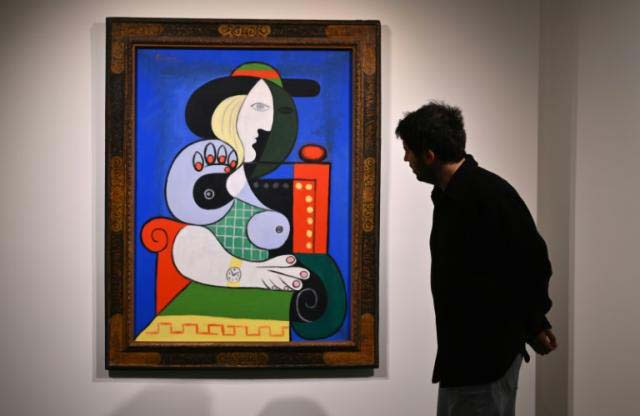
The masterpiece “Woman with a Watch” by Pablo Picasso was sold for USD 139.3 million at a Sotheby’s auction in New York on Wednesday (November 8). This is the second-highest amount ever paid for a Picasso piece.
Picasso painted “Woman with a Watch” in 1932, and it depicts French painter Marie-Therese Walter, one of the Spanish artist’s colleagues and muses. Before it was auctioned, the picture was valued at more than USD 120 million, according to Sotheby’s.
The auction house has organized a special sale of Emily Fisher Landau’s collection. Landau is a wealthy New Yorker and art enthusiast. She died this year at the age of 102.
“Painted in 1932, Picasso’s ‘annus mirabilis’ is full of joyful, passionate abandon, yet at the same time it is utterly considered and resolved,” said Julian Dawes, Sotheby’s head of impressionist and modern art, as quoted by AFP.
He called the painting “a masterpiece by every measure.”
Picasso’s “golden muse” was said to be Walter. She also appears in another painting. This one will be auctioned off at Christie’s on Thursday and is projected to bring in between $25 and $35 million.
Pablo Picasso and Walter first met in Paris in 1927. Picasso was still married to Olga Khokhlova, a Russian-Ukrainian ballet dancer, at the time. At the time, Walter was 17 years old.
Picasso also included her in another of his paintings, “Femme assise pres d’une fenetre (Marie-Therese)”. This picture fetched $103.4 million at a Christie’s auction in 2021.
A new perspective on Pablo Picasso’s life
Pablo Picasso died at the age of 91 in 1973. He is still regarded as one of the most significant artists of the contemporary era, half a century after his death, and is hailed as a creative genius.
However, following the #MeToo movement, Picasso’s life was viewed from a different perspective, leading to claims that he had a violent grasp on the lives of women who inspired his art.
